Affiliate links on Android Authority may earn us a commission. Learn more.
The fight for your wallet: A look at the mobile payment scene's new big three
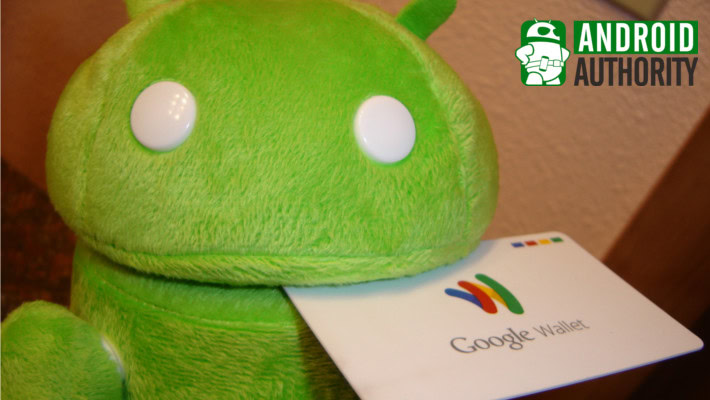
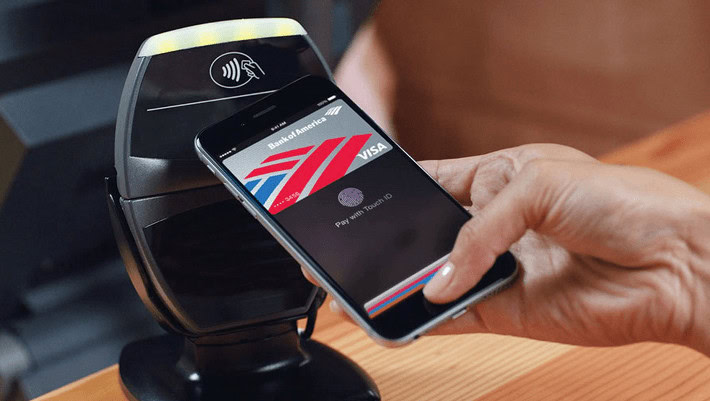
Apple, Samsung and Google are major forces in the smartphone industry and these three companies are about to advance their fight to a new emerging space: mobile payments. Not exactly a new concept, but these three tech titans are now competing to replace your wallet with one of their respective platforms.
At a glance Android Pay, Apple Pay and Samsung Pay might all look similar. They all use near field communication (NFC) tech in some shape or form and they each have the word “pay” in their name. However, when you really start to take a closer a look at what these three mobile payment platforms have to offer, you’ll notice that there are some noteworthy differences.
At a glance Android Pay, Apple Pay and Samsung Pay might all look similar.
Here’s an overview highlighting some of the details that we currently know about the mobile payment industry’s new big three.
Compatibility
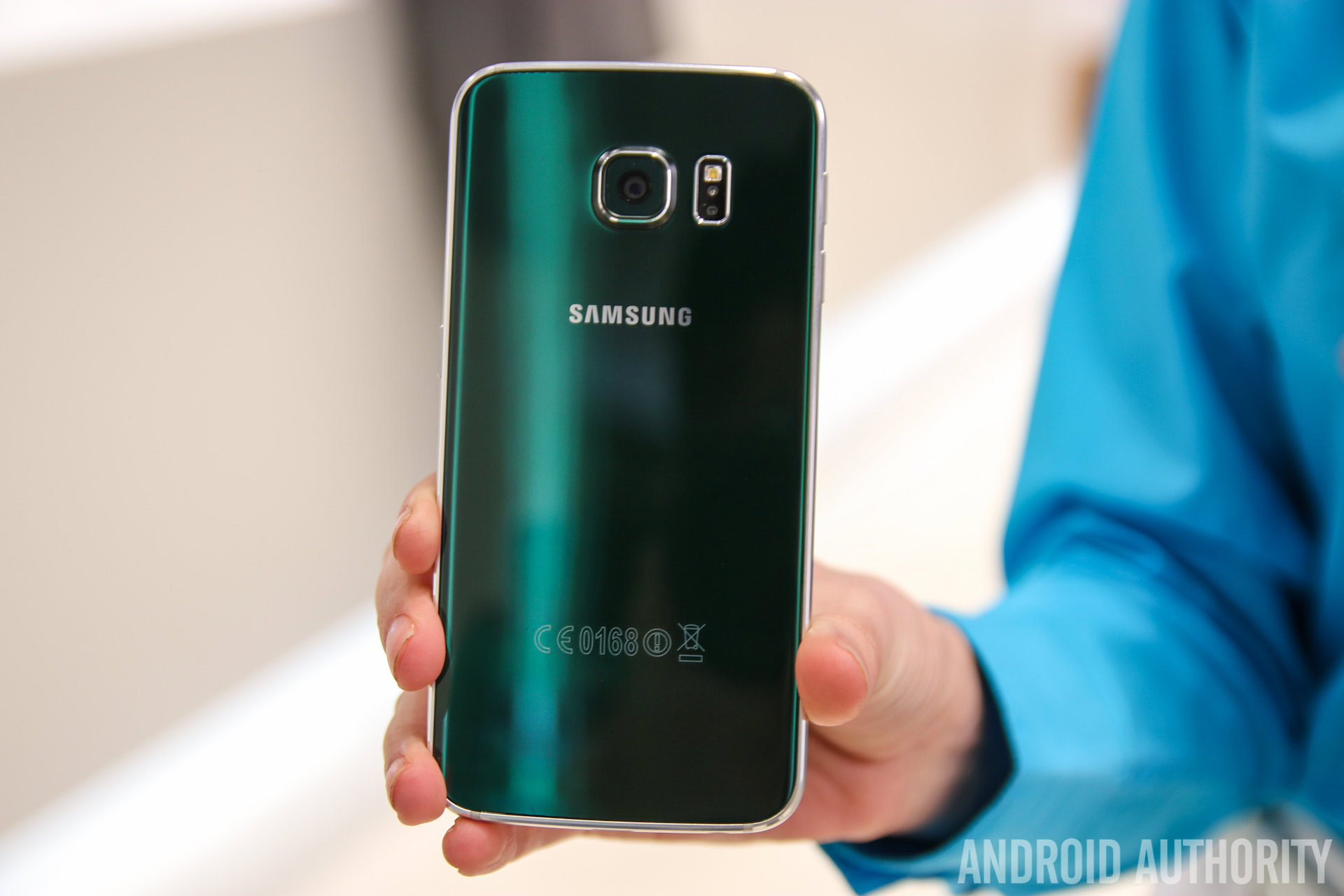
Android Pay is more of a developer tool, instead of a standalone application like Samsung Pay and Apple Pay. Google’s follow up to Wallet is designed for OEMs and developers to mold as they see fit.
Meanwhile, Samsung’s and Apple’s solutions are proprietary and only work with in-house hardware. With support already announced for its upcoming Galaxy S6 and Galaxy S6 Edge smartphones, the South Korean tech firm is set to launch its new mobile payment setup later this summer. As for Apple, the California-based company’s Apple Pay is already available to iPhone 6 and iPhone 6 Plus users, with the outfit’s new smartwatch set to follow suit next month.
In addition to offering a flexible platform for developers and hardware producers, Google recently cozied up with three major wireless carriers. Out of the gate, this may help extend Android Pay’s reach further than its stifled predecessor.
Handling Transaction Data

Apple has been pretty straightforward about how Apple Pay works, clarifying that it will not store, share or track your purchase data. As for mobile payments newcomer Samsung, it’s still not completely clear how the company will manage transactions. So far the firm has revealed that Samsung Pay users will be able to track transaction histories on their own devices. But that’s about it. Samsung will likely reveal more details as the company gets closer to the launch of its new service later this summer.
Android Pay will use temporary payment tokens for transactions opposed to transmitting a person’s permanent credit card details.
Like Samsung Pay and Apple Pay, Google’s platform will tokenize confidential user details such as credit and bank cards. Android Pay will use temporary payment tokens for transactions opposed to transmitting a person’s permanent credit card details. The idea here is to reduce the opportunities for would-be attackers looking to steal private financial information.
Additional Security Measures
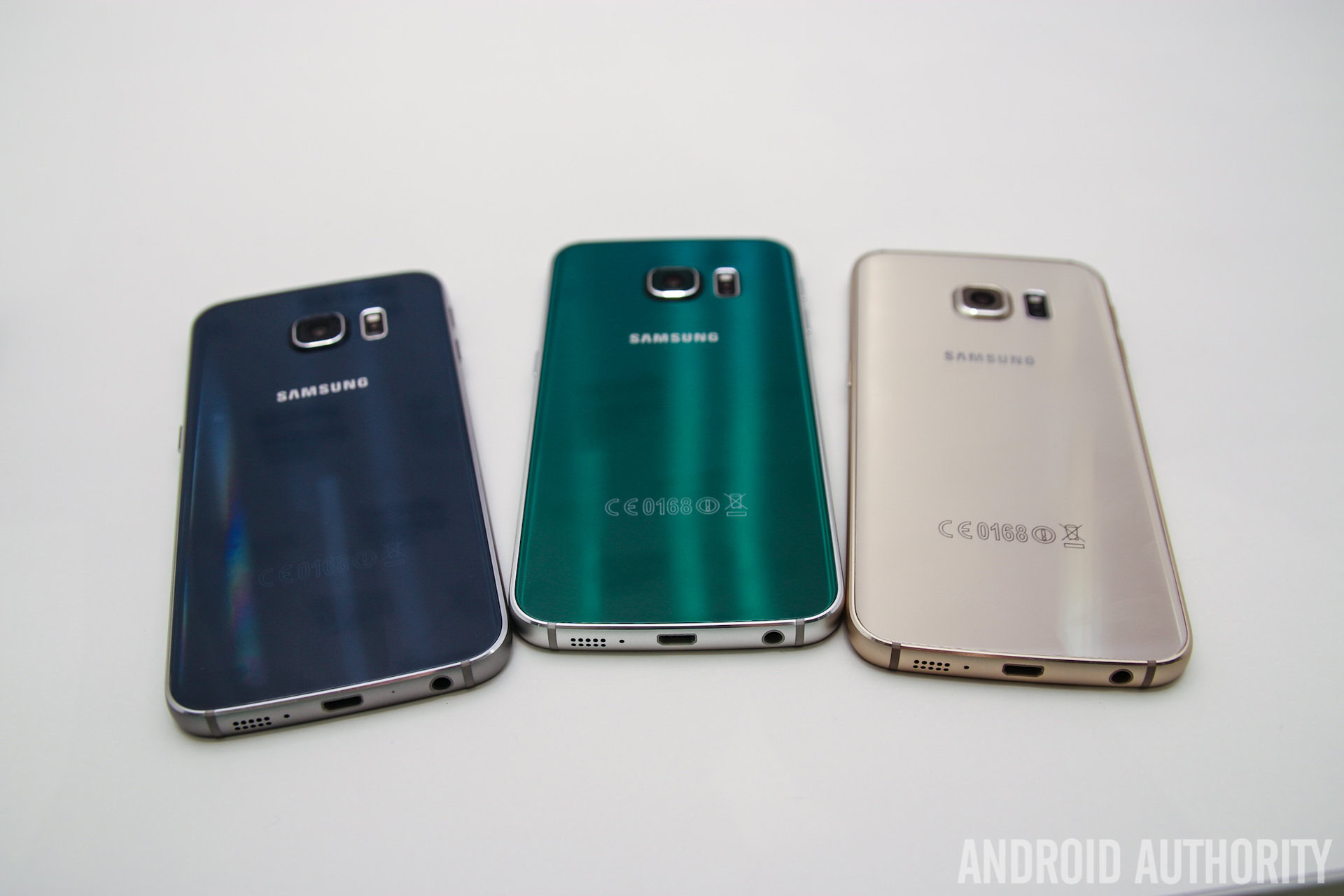
One of the biggest concerns surrounding mobile payments (and standard credit card use) is security. The media is currently flooded with stories of merchant and creditor privacy breaches. This has caused quite an uproar among the very consumers that these three platforms are targeting. To help calm these concerns, measures such as tokenization have been taken, along with a few additional precautions.
Samsung Pay and Apple Pay require fingerprint scans in order to complete a transaction. This reduces the need for complicated passwords or PIN numbers that can potentially become compromised.
Samsung Pay and Apple Pay require fingerprint scans in order to complete a transaction. This reduces the need for complicated passwords or PIN numbers that can potentially become compromised.
Additionally, Apple’s payment setup leans on a dedicated chip unique to its hardware. Referred to as the “Secure Element,” this item is used to store a device’s identification number, user fingerprints and other secure data. This chip is believed to be somewhat comparable to an EMV card, and is completely segregated from its device’s iOS operating system.
Samsung Pay will tout a similar feature to Apple’s Secure Element, which will be provided by semiconductor manufacturer Infineon. Details about Samsung’s security silicon remain scarce, however the German-based chip maker says its hardware will offer device and transaction protection.
Unique Traits and Other Variables
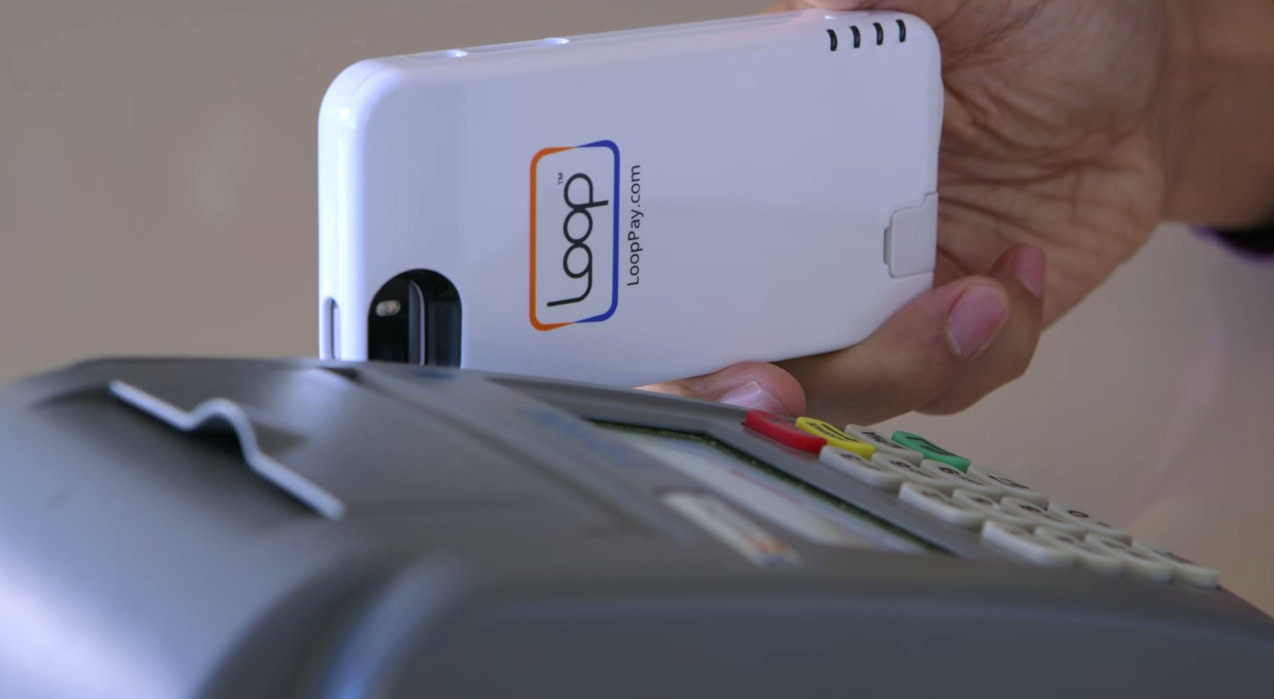
Android Pay has the potential for deeper hardware integration by letting app developers and equipment manufacturers tinker with its API. Since it’s not tethered to a specific hardware platform, Mountain View’s emerging setup has a chance to be used across multiple hardware and software brands, depending on Google’s long-term strategy.
While Apple Pay has only been publicly available for a handful of months, it definitely shows a lot of promise. Dozens of financial institutions have already pledged support for the service and its online payment options are steadily increasing.
Although it’s the newest entrant in the great mobile payment race, Samsung Pay may have an ace up its sleeve. Thanks to its acquisition of LoopPay, the outfit has equipped its gear with tech capable of working with non-NFC magnetic card readers. This means the service will work with just about any legacy point-of-sale system.
This Guy’s Two Cents
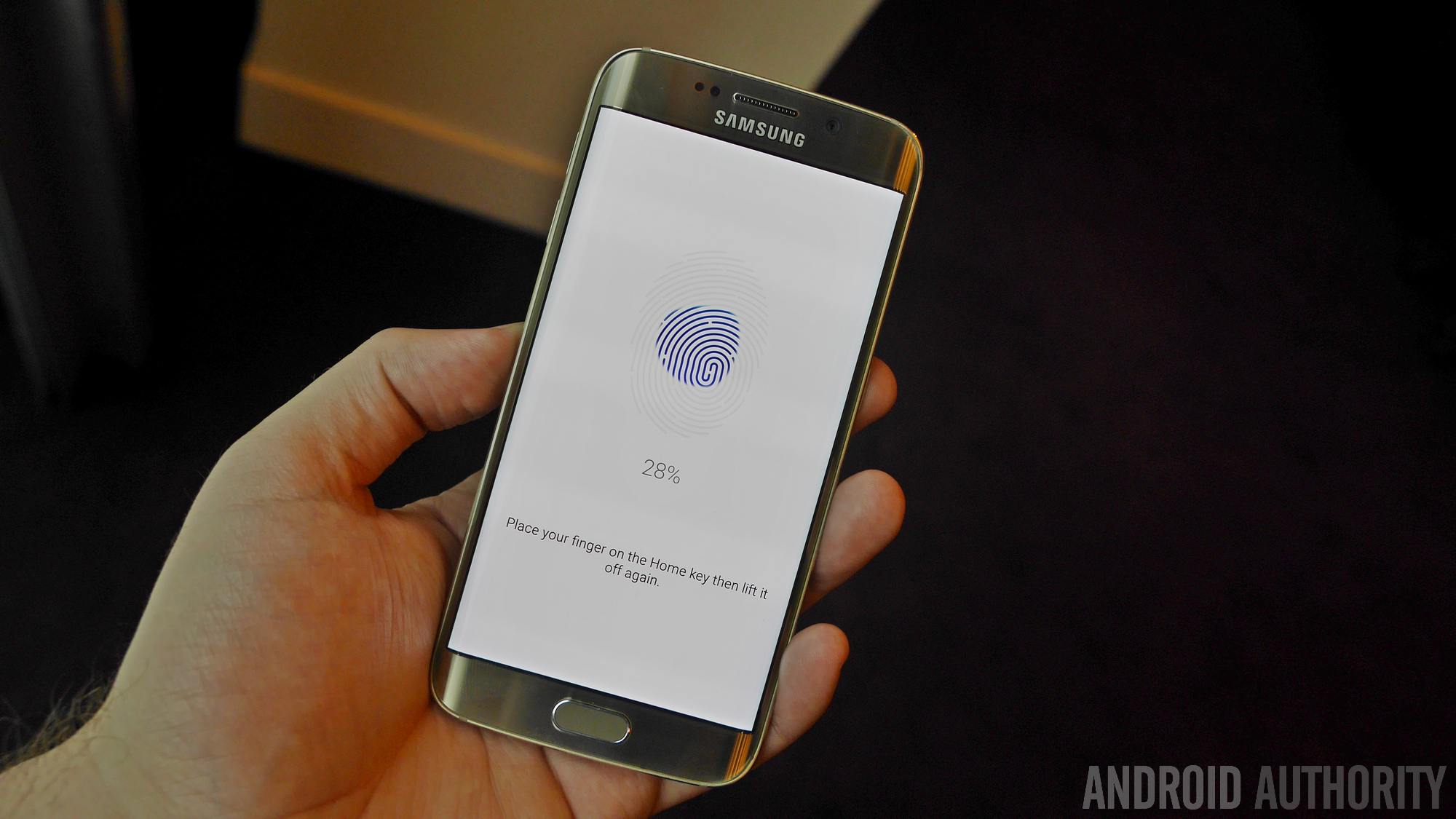
It’s way too early to declare a winner here. Each of these mobile payment options have their pros and cons, but the biggest battle will be winning over casual consumers worried about security. Toss in factors like brand loyalty, third-party support and things become even more complicated. But I must say that I like Samsung’s inclusion of legacy payment terminals. This, along with the company’s history of releasing a high volume of devices might help put Samsung Pay in the hands of more consumers, once the service is up and running. However, it’s really hard to underestimate the folks in Cupertino and Mountain View.
Now that we’ve had a closer look at the mobile payment scene, we’d love to know your thoughts on the matter. Do you think mobile payments are the next big thing, or an impractical gimmick that will eventually fade away? Be sure to share your thoughts in the comments and let us know what you think.